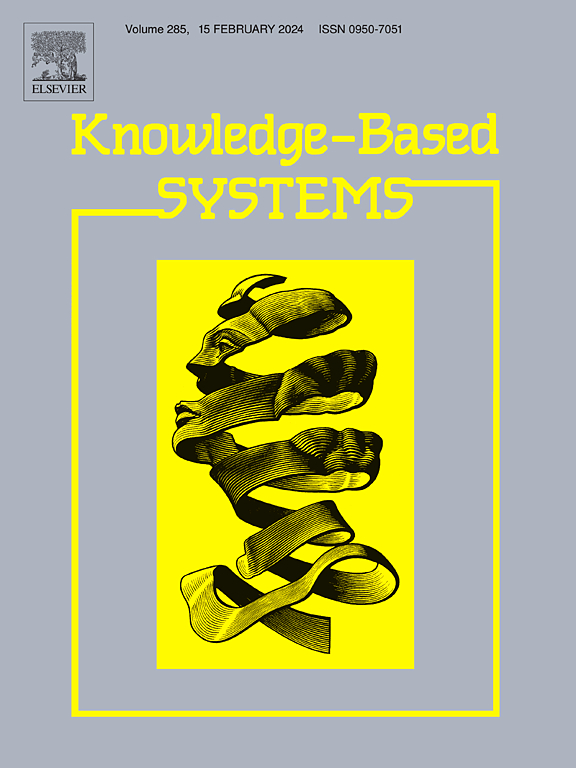TFD-former: Time-frequency domain fusion decoders for effective and robust fault diagnosis under time-varying speeds
IF 7.2
1区 计算机科学
Q1 COMPUTER SCIENCE, ARTIFICIAL INTELLIGENCE
引用次数: 0
Abstract
Research on fault diagnosis using deep learning methodologies is crucial for ensuring the safety and efficiency of industrial systems. In recent years, numerous analytical approaches have been developed for processing time-domain signals, frequency-domain signals, and time-frequency analysis. This study demonstrates that time-frequency domain fusion decoders exhibit remarkable effectiveness and robustness in fault diagnosis applications. We propose TFDFormer, a novel fault diagnosis framework built on two key designs. First, we introduce a lightweight encoder based on the CNN-Transformer structure, to extract signal features from both time and frequency domains, ensuring precise alignment across these domains. Additionally, we develop a contrastive learning loss function specifically tailored for time-frequency domain embeddings to enhance the model's performance. Second, we employ cross-attention mechanism in the decoder to facilitate efficient feature fusion, enabling seamless integration of domain-specific information. To validate the effectiveness of domain fusion and the diagnostic accuracy of TFDFormer, we evaluate it across three prominent fault diagnosis scenarios: fault diagnosis under time-varying speeds, domain generation fault diagnosis, and fault diagnosis on small-scale datasets. The experiments reveal that time-frequency domain fusion decoders significantly enhance model's capabilities in addressing complex diagnostic tasks. TFDFormer consistently outperforms state-of-the-art methods in terms of accuracy, robustness, generalization, and computational efficiency, demonstrating its superiority in fault diagnosis applications.
求助全文
约1分钟内获得全文
求助全文
来源期刊

Knowledge-Based Systems
工程技术-计算机:人工智能
CiteScore
14.80
自引率
12.50%
发文量
1245
审稿时长
7.8 months
期刊介绍:
Knowledge-Based Systems, an international and interdisciplinary journal in artificial intelligence, publishes original, innovative, and creative research results in the field. It focuses on knowledge-based and other artificial intelligence techniques-based systems. The journal aims to support human prediction and decision-making through data science and computation techniques, provide a balanced coverage of theory and practical study, and encourage the development and implementation of knowledge-based intelligence models, methods, systems, and software tools. Applications in business, government, education, engineering, and healthcare are emphasized.
 求助内容:
求助内容: 应助结果提醒方式:
应助结果提醒方式:


